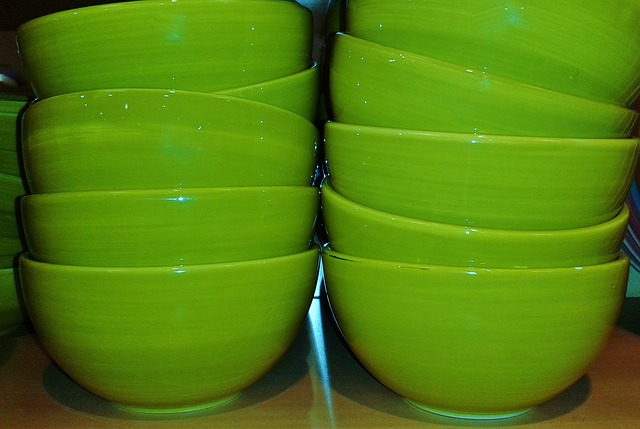How to Pack a Kitchen Like a Pro
When you’re moving, rooms like the kitchen usually get packed last. However, that doesn’t mean that you have to wait until the last minute to get everything squared away. There are plenty of things in your kitchen that can be boxed up and ready to go early in the moving process. Follow these five steps from the best professional movers to make packing your kitchen a breeze.
1. Throw Stuff Out First
Author Marie Kondo suggests in her book, “The Life-Changing Magic of Tidying Up,” that people have trouble keeping tidy in part due to keeping things they no longer want. She also suggests that the throwing-away stage come before anything else. The same applies to moving. Great Guys Moving Company encourages customers to toss perishable items as well as old cleaners, sponges, and glass jars. This not only cuts down on clutter, but helps avoid spoilage and broken glass in the process.
2. Pack These Before You Move Anything Else
Do you have a roasting pan? What about tons of cookbooks? Maybe pie pans? Or holiday cookie cutters and decorations? Any item like this that is out of season can be packed and long before you pack any everyday items, like cutlery, plates, or glasses. The rule this mover suggests is, if you don’t need it in the next week or month, it’s probably safe to go ahead and pack.

3. Knives, Cutlery, and Gadgets
Packing these items requires special care to ensure that no one is injured by a stray knife edge and that gadgets stay intact during the move. To make sure all of your knives, cutlery, and other kitchen gadgets arrive in mint condition without harming anyone:
- Knives: Put knives in a butcher block and tape them in by the handles. This will keep them from sliding out and slicing through boxes during transport.
- Utensils: Stash the utensils in the utensil holder. Put tape over each slot to keep the silver in place, and cover the drawer utensil holder with cardboard. Then tape the whole thing up or wrap it in a few layers of saran wrap. About.com encourages movers to pack up the utensils in in your essentials box, since that is the box you’ll use last in your old home and first in the new one. Another option for silver is to bundle it all together, and then secure the bundle with a rubber band. Pack these bundles in the silverware container or a shoebox. In the latter case, make sure the lid is fastened on with tape and that any voids in the box are stuffed with padding.
- Gadgets: Finally, gadgets like corkscrews, hand-held can openers, and other items like this can be folded into a piece of cardboard that you cut in half. Place the item inside and them fold the “top” over like you’re packing the item in a cardboard taco. Tape it shut on all sides. Label each item on the outside of the cardboard. Put these inside larger boxes with newspaper between the pieces.
4. Large Appliances
If you have the original instruction manual from the manufacturer, this is a great starting point for properly packing up your major appliances. Also gather any of the original boxes you may have kept as these will be useful for protecting these expensive appliances.
- Refrigerator: First take any frozen items out of the freezer and allow them to thaw. Do this at least a day ahead of your move. Unplug the refrigerator. Be prepared for the water that will appear as it thaws. Make sure the racks are secure. Also if you have your waterline hooked up to the fridge for ice cubes, make sure that’s undone before you attempt the move.
- Washer & Dryer: Empty appliances like the washer and dryer and dishwasher. The drum of the dryer will have to be secured. Make sure the doors are closed tightly. Put the owner’s manual on top of the appliance or on the door and tape it down so you have it.
5. Breakables
Items like glasses, mugs, and plates can be broken pretty easily if not packed correctly, so you’ll want to take some special care when wrapping these. Make sure the boxes you use are heavy-duty since these items can get heavy. Use sweaters and t-shirts for extra padding between items. You have to pack these items anyway, and doing so saves you the expense of buying bubble wrap or newsprint.
- Plates and Bowls: Wrap each plate and bowl in newspaper before you stack it in boxes. Always pack plates standing up with plenty of padding in between to prevent breakage.
- Glasses and Mugs: Livability suggests wrapping these in individual sheets of packing paper, starting at a corner and rolling diagonally, tucking the edges into the empty void of the glass as you go. For wine glasses, use a similar approach, but make sure these get stacked in the box standing up to prevent the fragile stems from breaking and use lots of extra padding.


